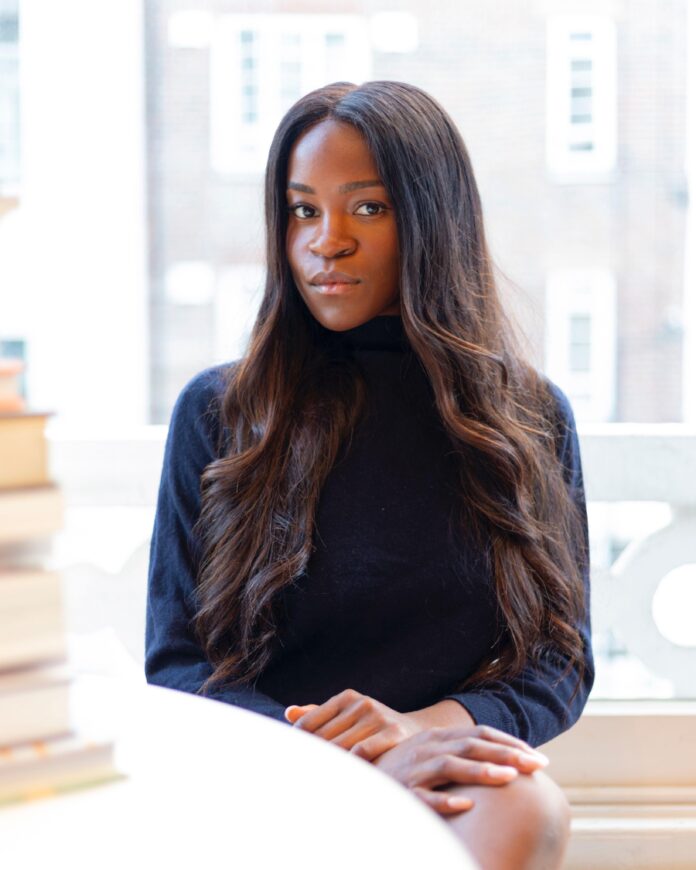The London-based curator and writer Aindrea Emelife has been appointed curator of Modern and contemporary art at the long-awaited Edo Museum of West African Art based in Benin City, Nigeria. The museum, designed by the UK architect David Adjaye, will house artefacts from the kingdom of Benin which British troops invaded in 1897, known as the Benin bronzes.
The looted Benin bronzes—a catch-all description that encompasses items made of ivory and brass as well as bronze—are now scattered in at least 160 museums and institutions worldwide. Emelife tells The Art Newspaper that cooperation with Western museums is key, especially in the area of restitution, and is “emblematic for how we engage and sustain Modern and contemporary African art”.
She adds: “In the pursuit of a truly global art ecosystem, one could envision a true and equitable circulation of cultures. If artworks, whether Italian or Nigerian, are great cultural ambassadors, these works, and the dialogue and histories embedded within them should circulate globally, so including African institutions like the Edo Museum of West African Art in that circulation. No culture has an absolute view on looking at the world, so the universal museum without reconfiguration becomes untenable and disables the idea of imagining all the world’s futures.”
Emelife told the Financial Times last month that the new museum is due to open in stages from next year. “It will be a world-class arts, culture and heritage complex that will celebrate, research and conserve west African and diaspora art from antiquity up to the modern day, as well as heritage and history. Its ambitions and scope extend much further than a repository for Benin bronzes,” she added.
The Edo Museum is overseen by the Emowaa trust, a Nigerian non-profit organisation. The Art Newspaper reported earlier this month that the prospect of hundreds of looted treasures returning to Nigeria has given impetus to an array of museum construction plans.
Part of Emelife’s remit meanwhile includes building up a collection reflecting the development of Nigerian Modernism, spanning the 20th century to today. “It is exciting to give attention to this field at a time when the boom of contemporary African art and revitalised enthusiasm for restitution perhaps presents a disjointed timeline for art making in Nigeria,” Emelife tells The Art Newspaper.
“Artists such as Faith Ringgold, Jacob Lawrence and Betye Saar in the US were making work about their predicament at the same time as Nigeria’s Modernists such as Uche Okeke and Demas Nwoko were wrangling with a two-fold optimism and criticality in a post-independence Nigeria. I look forward to trying to enrich these dialogues and debates and presenting them to the world.” She adds that the museum has begun a second phase of fundraising connected to infrastructure encompassing research, education, exhibition space and programming.
“Thinking locally first, it is important to highlight the achievement of Nigeria and West Africa’s private collectors, who have ensured that art stays on the continent despite a deficit of museum infrastructure locally. We are keen to establish long-term loan agreements with collectors as well as institutional loan agreements with the West,” Emelife says.
Later this year Emelife will curate the exhibition Black Venus at Somerset House in London (20 July-24 September), which explores the representation of Black women through 40 mainly photographic works. She is also due to appear at Art for Tomorrow—the arts and culture talks programme organised by the Democracy and Culture Foundation—in Florence later this month (26-30 April).

























